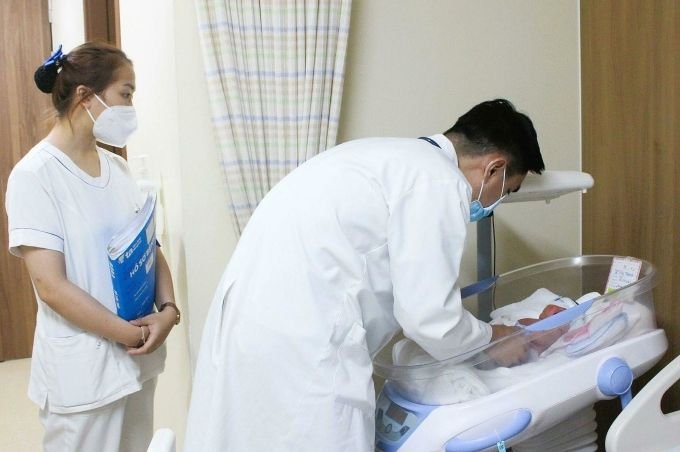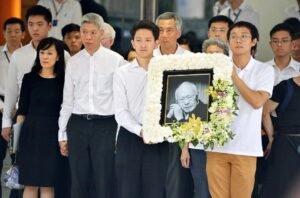
Lowering body temperature by 4 degrees prevents damage to the newborn baby's brain 6
The baby was born by cesarean section at 36 weeks gestation because the mother (32 years old) had gestational diabetes and acute fetal distress.
On September 10, Dr. Do Huu Thieu Chuong, Deputy Director of the Neonatal Center, Tam Anh General Hospital, Ho Chi Minh City, said the baby had signs of moderate-severe hypoxic encephalopathy, i.e.
In Ms. Thu’s case, if she only needed emergency treatment 15 minutes late, the fetus could die in the womb.
Doctors decided to apply active whole-body hypothermia (also known as command hypothermia) for the baby, to save brain cells at risk of continued damage from asphyxiation.
The crew used a cooling system to lower the commander’s body temperature.
After three days of treatment in this way, the baby’s health improved and his body temperature normalized.
The baby’s body temperature was lowered to 33.5 degrees Celsius to protect the brain.
Doctor Chuong said that previously there were no measures to limit progressive brain damage due to lack of blood perfusion and lack of brain oxygen.
Currently, the method of command hypothermia helps improve the above defects, preserving nerve cells to help restore the baby’s neurological function.

Doctor Thieu Chuong examined the baby before leaving the hospital.
According to Dr. Chuong, this method is usually safe, but can also have some side effects on circulation and respiration such as reduced heart rate, pulmonary hypertension, electrolyte disorders, digestive dysfunction, and coagulation.
Children assigned to command hypothermia must have conditions such as gestational age of 35 weeks or more, weight over 1.8 kg, and signs of moderate-severe hypoxic anemic encephalopathy.



